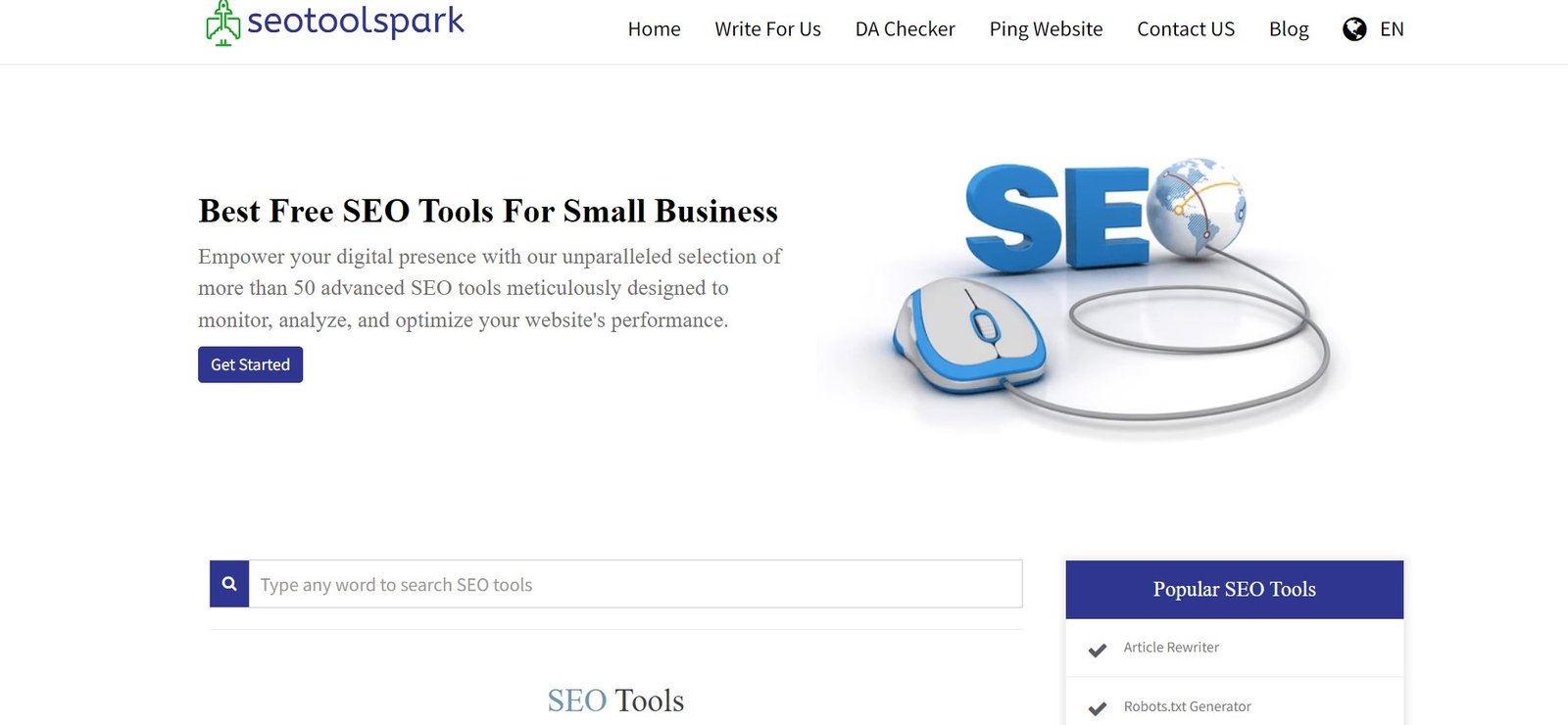


In today's digital world, quality sources lend credibility to student work and research projects. However, utilizing others' material without getting caught attribution constitutes plagiarism – a major ethical violation with serious consequences if discovered.
This comprehensive guide explains how to copy and paste without getting caught and the best practices for ethically integrating and citing outside sources to maintain academic integrity and avoid plagiarism accusations.
Plagiarism involves using someone else’s words, ideas, or other creative work without credit – essentially “stealing” their intellectual property. Specific examples include:
Plagiarism violates both ethical and legal standards. Ethically, sources deserve acknowledgment for their contributions. Legally, plagiarism infringes on the copyright, costing one’s reputation or potential penalties if discovered.
Proper citation removes any question of plagiarism by clearly signaling referenced material. Doing so demonstrates respect for others’ work and an understanding of source integration fundamentals.
If caught, plagiarism carries severe consequences in academic or professional settings:
For Students:
For Working Professionals:
Furthermore, evidence of plagiarism renders work meaningless, since it shows a lack of original thought and effort. Any accomplishments become overshadowed by deception.
Simply put, plagiarism rarely remains secret and carries steep ramifications when uncovered.
Institutions utilize both manual review and automated plagiarism checkers to catch copied content.

With so many tools at their disposal, attempting to plagiarize without getting caught has become nearly impossible. The risks far outweigh the perceived benefits.
Fortunately, avoiding plagiarism while integrating quality sources merely requires following good research and citation practices:
With strong organizational habits and proper attribution, integrating quality research poses no ethical dilemmas. The peace of mind and academic/professional benefits of original, ethical work far outweigh any imagined shortcuts offered by plagiarism.
The following sections provide more detailed best practices and resources for citing sources properly while upholding personal integrity.
Understanding when to quote, paraphrase, or summarize source material helps integrate it most effectively:
This breakdown helps decide which approach is suitable depending on context and usage intent. While summarizing has its place, substantial work should rely more heavily on paraphrasing and select quoting to embed authoritative support.
Paraphrasing well integrates research while avoiding duplication. Follow these steps:
With practice, the ability to paraphrase well improves. But when in doubt, use direct quotations instead to avoid accidental plagiarism.
Along with direct quoting and paraphrasing, research papers require complete bibliographic references. This typically involves:
Consistently adhering to one citation style provides clear attribution even when different sources get integrated within a work.
Plagiarism also applies to nonwritten works:
Ensure proper licenses or permissions are obtained before using any impactful length of multimedia content not originally authored. Even if given approval, provide attribution.
Academic institutions formalize definitions, penalties, and processes for handling plagiarism. Common policies include:
Review institutional policies thoroughly to understand processes should any questions about sources arise. Ignorance is no excuse for compliance failures.
Various professional organizations maintain strict ethics codes prohibiting plagiarism, including:
Beyond school, these codes dictate proper conduct in careers based on integrity. Internalize them well before entering any profession.
Given severe plagiarism penalties, students and professionals should utilize available tools to verify work originality prior to submission. Top plagiarism checkers like Quetext, SEOToolsPark, Plagiarism Checker by Copyleaks, Grammarly, and others scan documents for online source overlap. Addressing issues proactively preserves reputations.
While checker results shouldn’t get over-trusted as the sole defense against plagiarism, running major written projects helps spot unintentional duplication early when revisions remain easy. Support through manual inspection by using multiple checkers for a second opinion.
Let’s review some commonly asked questions about plagiarism specifics:
A: Generally no, as most schools prohibit “self-plagiarism” without citation and permission. However, some institutions allow exceptions for closely related assignments building upon prior work over multiple semesters. Check policies.
A: Likely not if the material comprises textbook-level fundamentals. But do cite if incorporating an innovative new theorem or non-common knowledge from cutting-edge research. Make judgments aligning with common sense.
A: While situational, similarities exceeding 10-15% raise concerns without proper attribution. However, any passage instantly recognizable as sourced requires citation, even if short. Rely on holistic review, not just percentages.
A: Usually not appropriate unless specifically cleared by instructors. Unique papers show the thorough fulfillment of each class’s distinct goals. Reused work violates academic integrity policies against duplication without disclosure and permission.
In an increasingly digital and interconnected information ecosystem, implementing responsible source usage and citation standards remains imperative.
While practices continue evolving alongside technology, timeless principles demand respecting and attributing others’ ideas and content we build upon in our own work. Doing so upholds personal integrity.
Internalizing citation essentials prepares students to avoid plagiarism violations as professionals. Beyond avoiding how to plagiarize without getting caught, proper attribution represents a mindset valuing transparency, quality, and ethics.
By empowering students early with citation skills and guiding them throughout life, educational institutions fulfill a profoundly important purpose benefitting society at large.